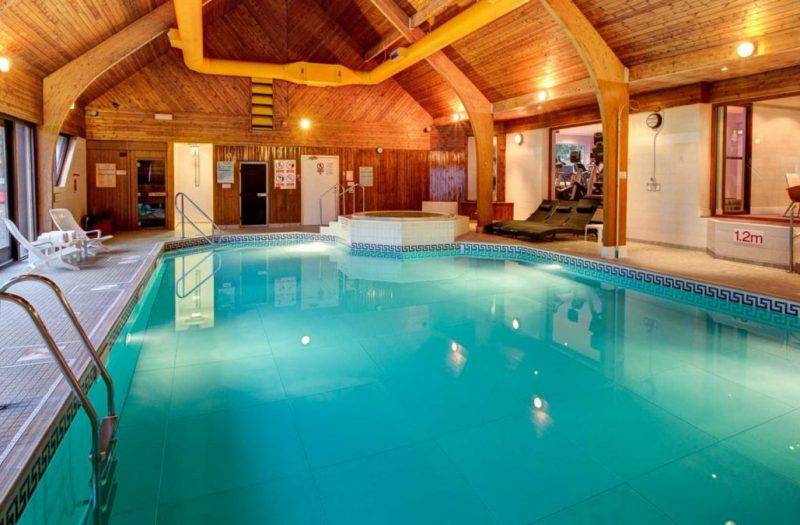Monster Myths and Legends
Myths and Legends of the Scottish Highlands
The Highlands is an ancient land, rich in Scottish folklore, mythical monsters and dark tales. We’ve all heard of the Loch Ness Monster, but there are several more. So here, we take a look at some local Inverness and Highland myths and legends.
The Loch Ness Monster and Water Spirits
Shape-shifting spirits, often taking the form of horses, were believed to inhabit most bodies of water in Scotland at one time. These stories were the basis for the legend of the Loch Ness Monster – the most famous mythical creature in Scotland.
The Loch Ness Monster, nick-named Nessie, is an aquatic serpentine beast which, according to legend, lurks at the bottom of Loch Ness. Recorded sightings date back to the first century, and there are ancient carvings depicting the creature on rocks near the banks of the loch. Loch Ness is the largest lake by volume in the British Isles, due to its incredible depth of up to 230 metres. Many scientists and explorers have searched for Nessie over the years, but found no conclusive evidence.
In the Highlands, Kelpies were said to inhabit streams and rivers, while Each-Uisge were found in lochs and the sea. They were beautiful, powerful creatures, but also very fierce and dangerous. Each-Uisge were the deadliest. These beasts could disguise themselves as horses, men or other animals. When in horse form, if a man rode them near water, they would take him into the deepest part, drown him and then devour him completely, apart from his liver. When in human form, they would appear as a handsome man to lure women to the water, and then devour them in the same way.
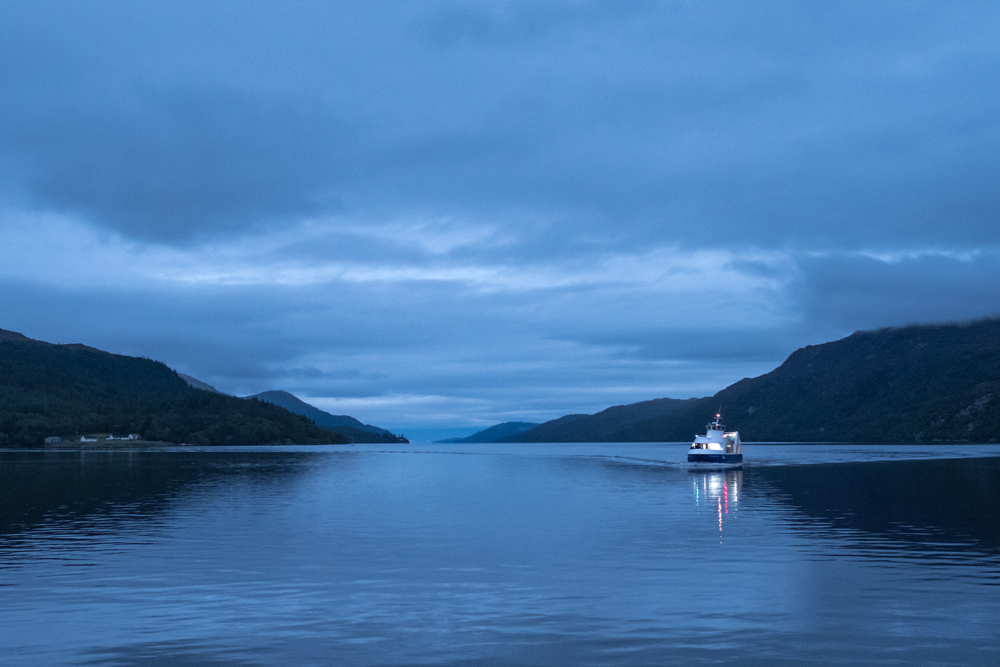
The creation of Loch Ness
Dark Beira was the mother of the gods and goddesses in Scottish mythology. She made much of Scotland’s landscapes and many rivers and lochs, including the great Loch Ness. The story goes that Beira had a well, which her maid Nessa attended to. One day, Nessa abandoned the well as she ran to escape a flood. Beira was so angry at Nessa for neglecting her duties, that she transformed her into the River Ness, forever to run in the water. However, Nessa broke free of the river, forming the deep waters of Loch Ness. On the anniversary of her transformation each year, Nessa is said to appear from the loch, singing a sad and beautiful song.
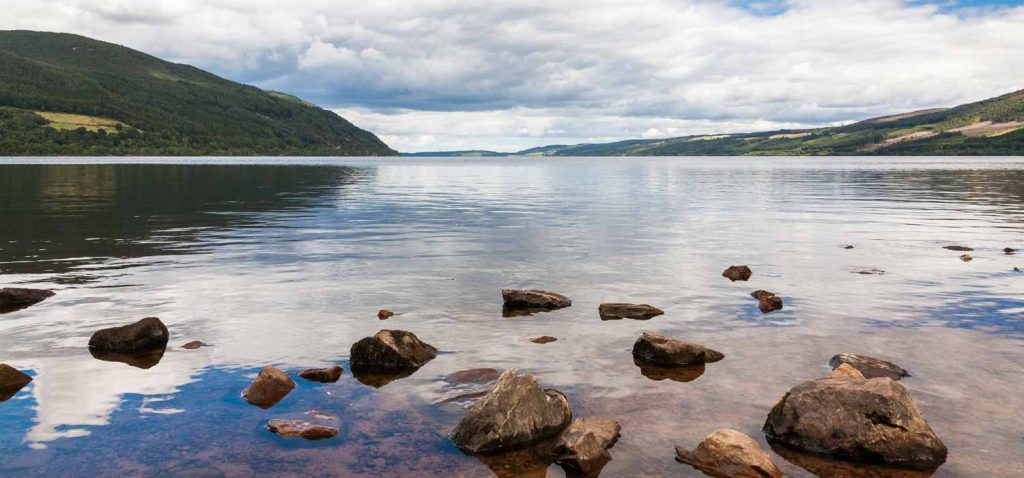
Mermaid of Kessock
Ceasg or Maighdean Mhara were mermaids or maids of the sea in Scottish folklore. These creatures had the upper body of a woman and the tail of a fish. They would grant three wishes to anyone that captured them, in exchange for their freedom. Sometimes mermaids would marry humans and their sons would become excellent sailors. However, the Ceasg were dangerous, untrustworthy and unpredictable creatures. They could seduce sailors and lead them to their deaths in the water. If a man looked them in the eye or listened to their song he could fall under their spell.
One local story tells of a mermaid in Kessock, on the Black Isle, north of the Inverness. A man captured the mermaid and removed some of the scales from her tail, which turned her into human form. He married her and although she promised to reward him if he set her free, he hid the scales. She eventually found the hidden scales, turned back into a mermaid and returned to the sea.
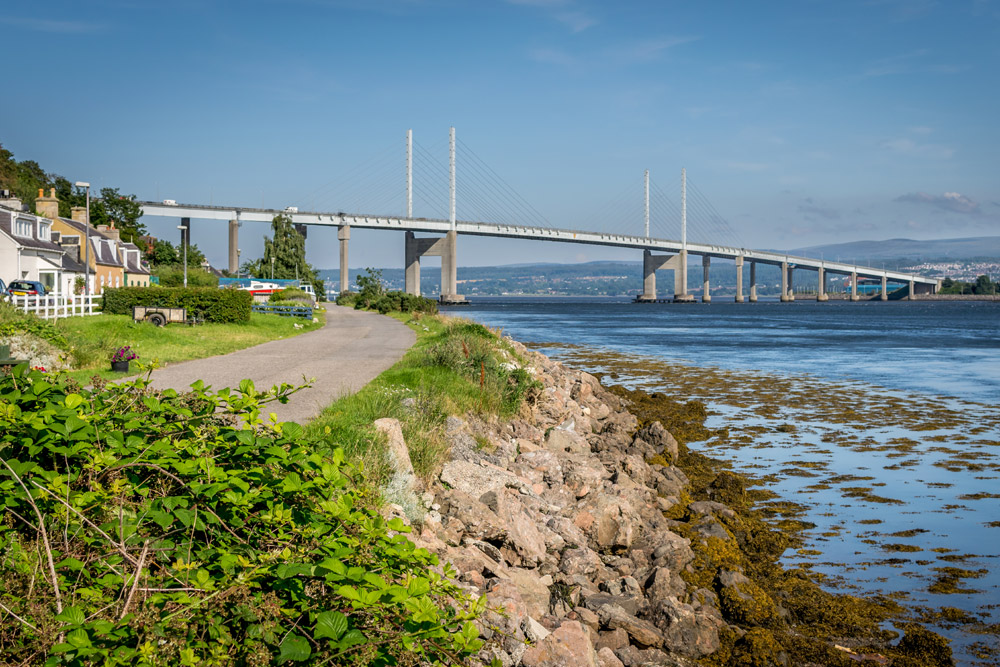
Fiddlers of Tomnahurich
On the outskirts of Inverness, Tomnahurich Hill is a small hill, now the site of a modern cemetery, surrounded by tales of fairies. Fairies were tiny yet powerful magical folk in Scottish folklore. They were often feared, as if you upset or offended them, you would suffer the consequences.
One legend goes that two fiddlers looking for employment were once lured there by an old man to perform at a fairy feast in exchange for gold. The fiddlers entertained the fairies at the vibrant feast, which seemed to go by in a flash. But when it was over, they returned home to find that a century had passed and everything they knew was changed or gone. In their despair, the fiddlers fled to the local church, where they crumbled to dust as the bells chimed.
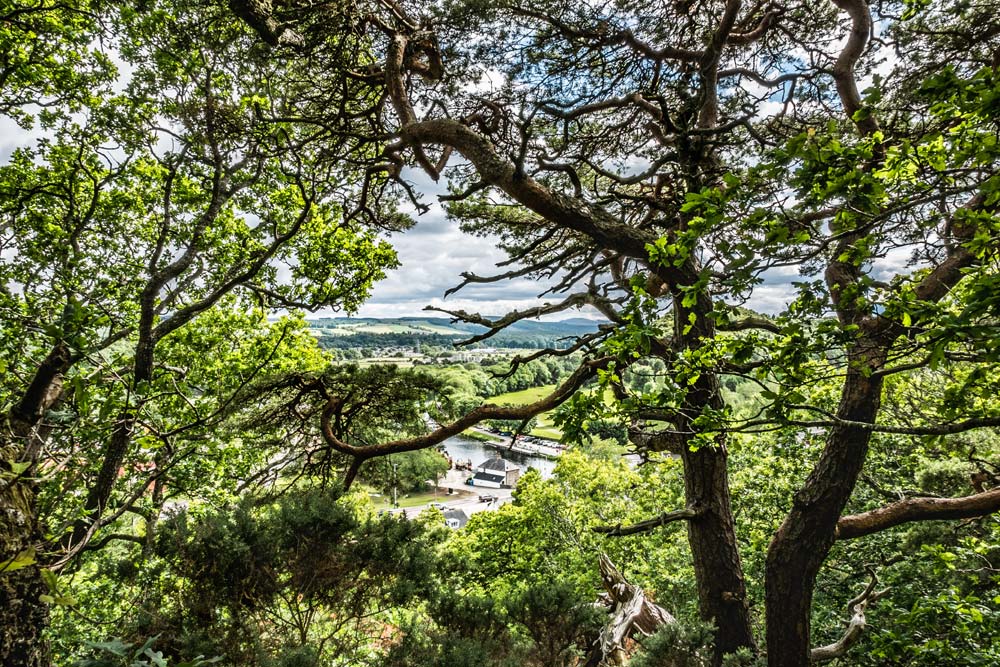
The Ghosts of Culloden
The Battle of Culloden was a bloody and ferocious battle, which took place near Inverness. On 16th April 1746, in less than an hour, thousands of Jacobite soldiers were cut down in the final confrontation of the Jacobite risings.
Today, Culloden Battlefield is known as one of the most haunted places in all of Inverness. For hundreds of years, visions of ghosts have been a common sight around the site. Legend has it that, on 16th April every year, battle-weary “anniversary ghosts” soldier on to fight the good fight. And once again, the unmistakable sounds of swords ringing and men falling echo across the moor. You can visit the battlefield for yourself and discover more about this tragic event in Scottish history.
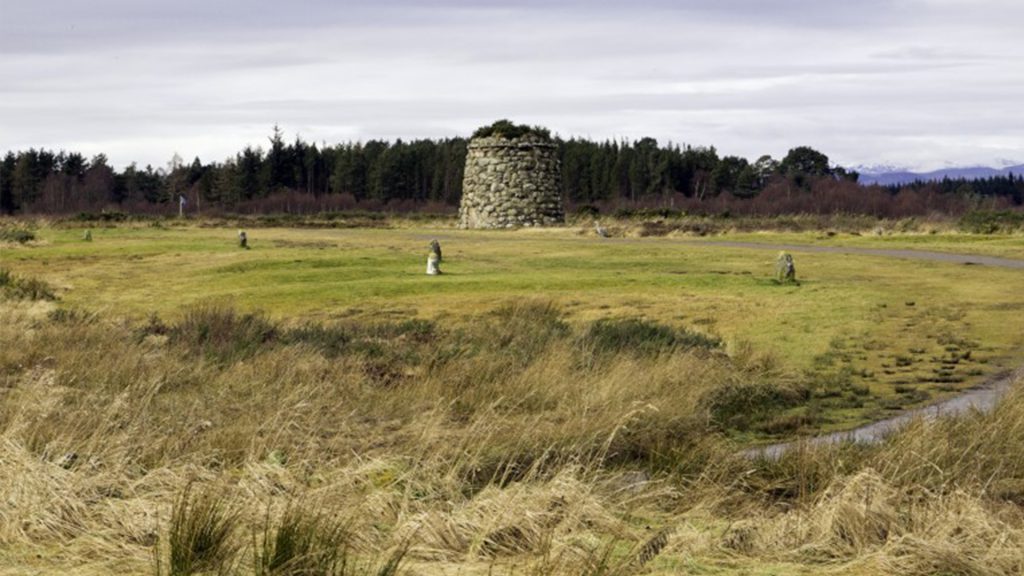
Curse of the Clava Cairns
The Clava Cairns is a well-preserved Bronze Age burial ground dating back about 4,000 years. It comprises of three standing stones circles with burial chambers in the middle. Surrounded in mystery, no-one knows exactly who was buried here or what rituals took place. However, we do know that the stones align with the point where the sun sets on the winter solstice.
About 20 years ago, a Belgian tourist took home a stone from the Clava Cairns as a souvenir. But then returned it anonymously some time later, as it had brought him bad luck. Was this the curse of the Clava Cairns? Outlander fans should also beware, as one of the stones is a spilt stone. Like the one which sent Claire hurtling back in time in the much-loved book and TV series.
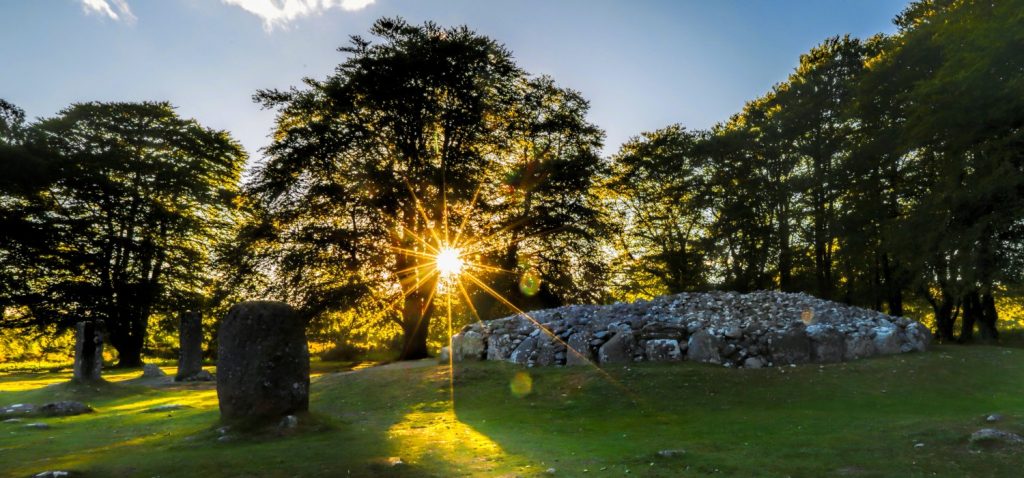
With such a rich history, diverse heritage and centuries of folklore to build on, the myths and legends of Inverness and the surrounding Highlands are beyond the counting. But you don’t have to take our word for it. Discover the mysterious and legendary Inverness and Loch Ness for yourself.

 Car Charging
Car Charging




